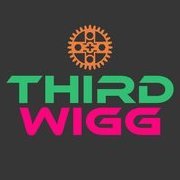
How to build a "photo studio"
By
Thirdwigg, in General LEGO Discussion
-
Recently Browsing 0 members
No registered users viewing this page.

By
Thirdwigg, in General LEGO Discussion
No registered users viewing this page.